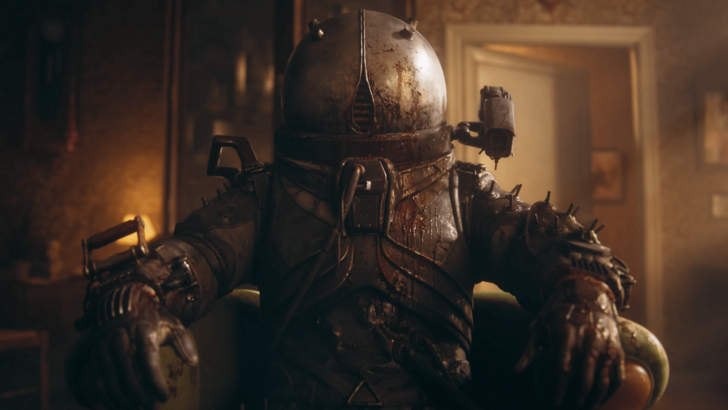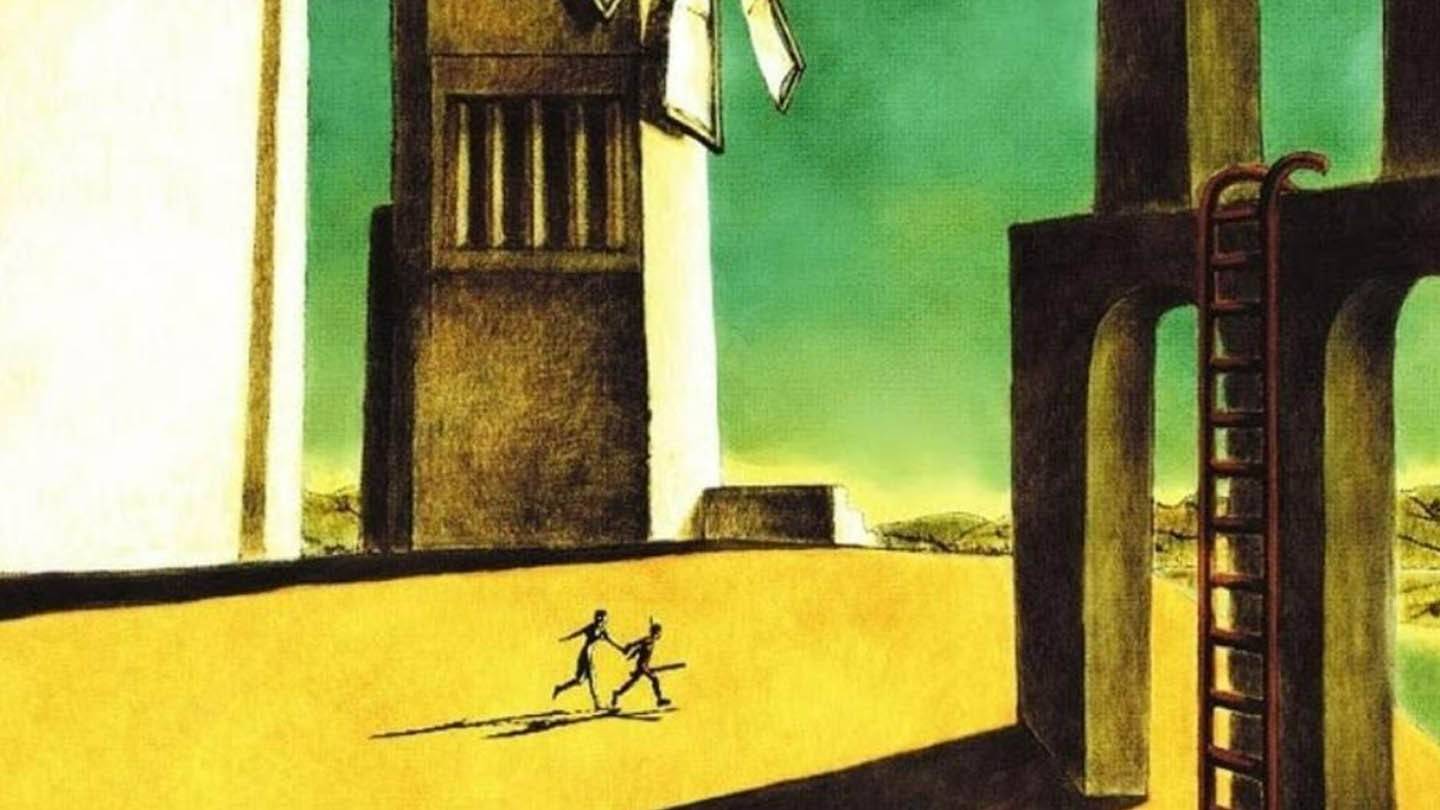
Yoko Taro, the celebrated creator of NieR: Automata and Drakengard, recently discussed the profound impact of ICO on video games as an art form. Released in 2001 for the PlayStation 2, ICO quickly achieved cult status, renowned for its minimalist aesthetic and wordless storytelling.
Taro highlighted the game's revolutionary core mechanic—guiding Yorda by holding her hand—as a radical departure from established gameplay conventions. He pointed out, "If ICO had tasked you with carrying a suitcase the size of a girl instead, it would have been incredibly frustrating." This simple act of leading another character, Taro emphasized, was groundbreaking, challenging the prevailing understanding of player interaction.
At the time, successful game design often prioritized engaging gameplay even with rudimentary visuals, essentially reducing everything to simple cubes. ICO, however, defied this trend by prioritizing emotional resonance and thematic depth over purely mechanical innovation. Taro argued that ICO proved art and narrative could transcend their role as mere embellishments, becoming integral to the overall experience.
Calling ICO "epoch-making," Taro credited it with fundamentally altering the course of game development. He lauded the game's ability to convey profound meaning through subtle interactions and evocative atmospheric design.
Beyond ICO, Taro cited two other influential titles: Toby Fox's Undertale and Playdead's LIMBO. He believes these games, along with ICO, expanded the expressive potential of interactive media, demonstrating video games' capacity for delivering deeply emotional and intellectually stimulating experiences.
For fans of Yoko Taro's work, his appreciation for these games offers valuable insight into his creative process and inspirations. It also underscores the continuous evolution of video games as a powerful and versatile art form.
 Home
Home  Navigation
Navigation






 Latest Articles
Latest Articles
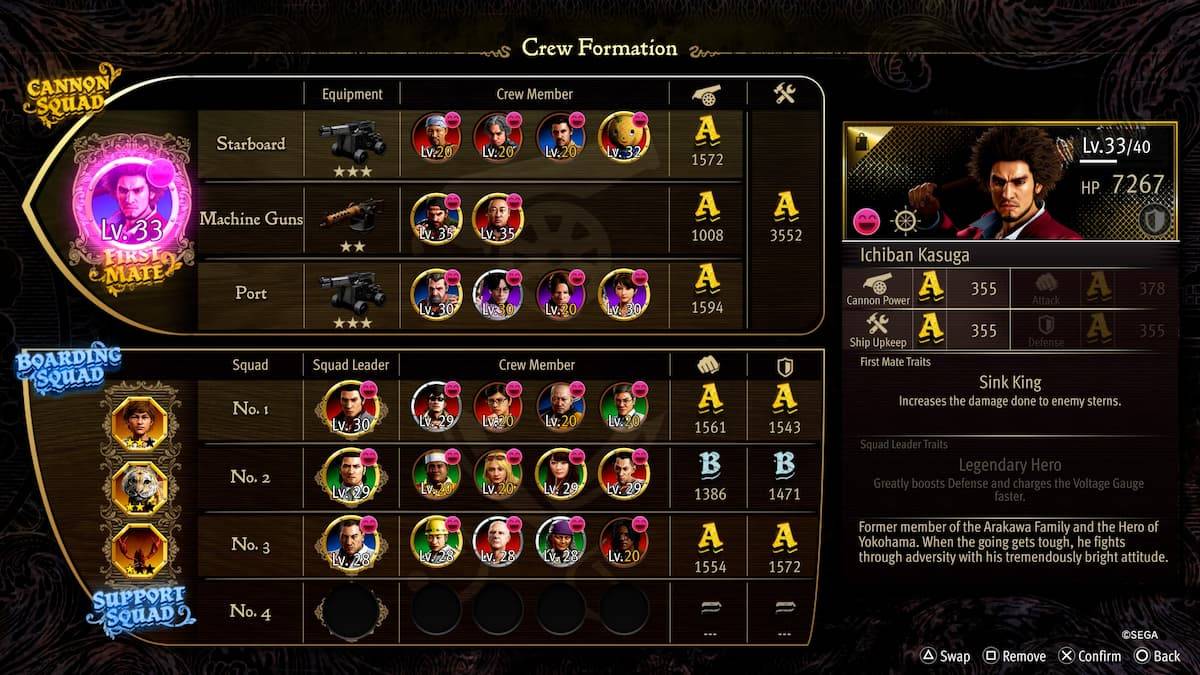

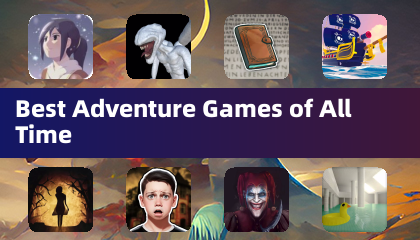


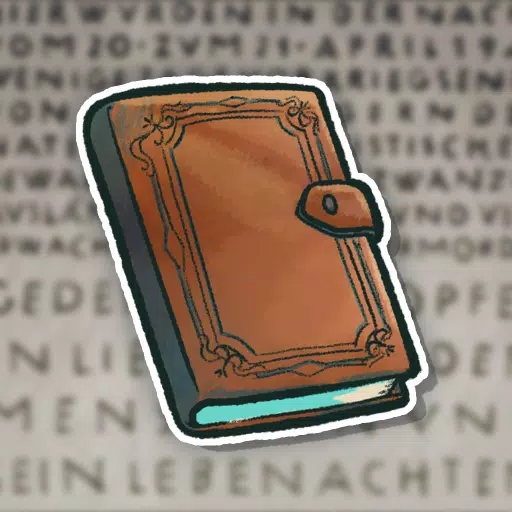




 Latest Games
Latest Games











